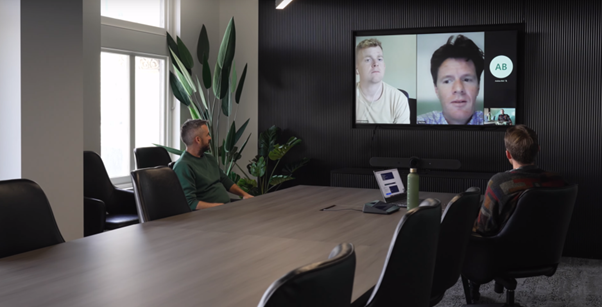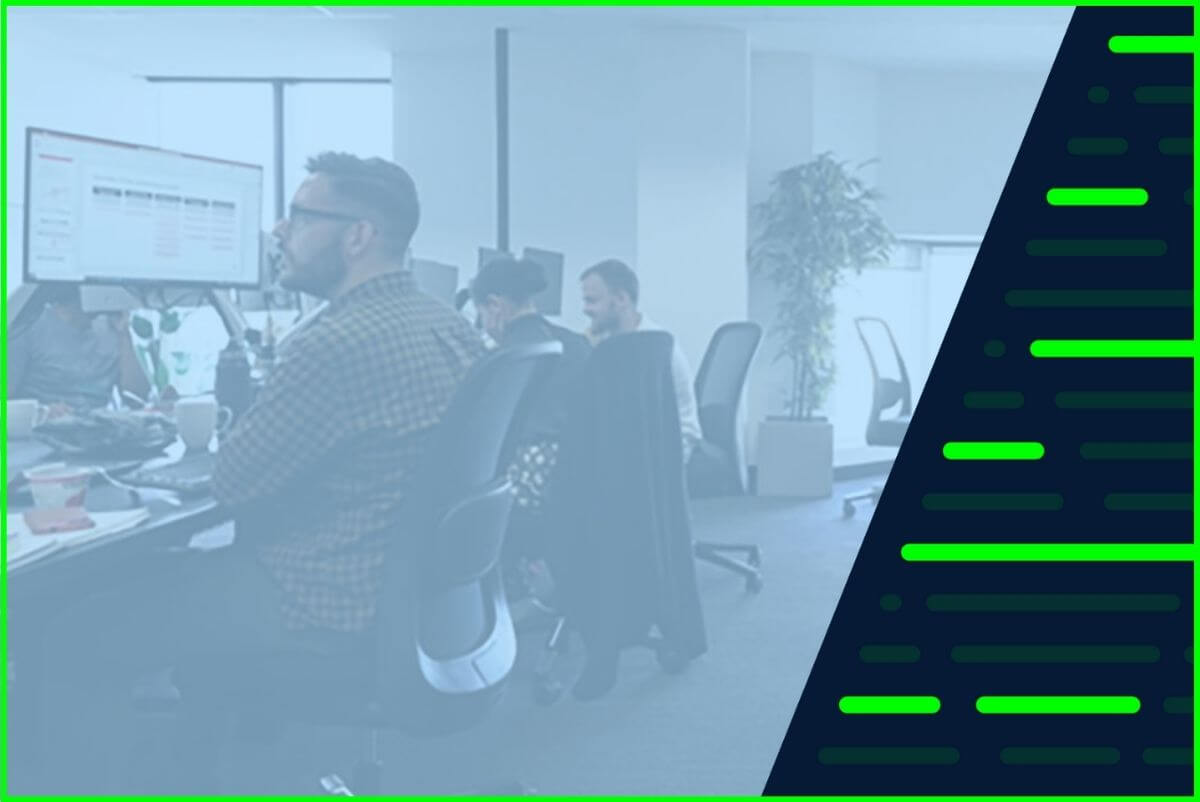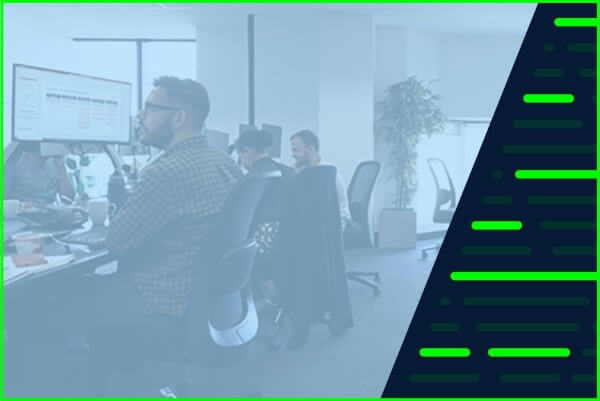Affinda's Melbourne office is HQ for the Affinda staff, though it's not the only place they get work done. People who make Affinda great are stationed all over the world. It’s my pleasure to introduce you to Alex Rose, a data scientist at Affinda, who lives in Bali.
Logging onto a call with Alex, I had many preconceived notions about what a data scientist at Affinda may be like. I didn't expect to open up my browser to chat with someone working remotely from Bali. But I've come to realise that working at Affinda is nothing like what I expected.
Alex, What's it Like to Work at Affinda?
What I love about Affinda is the informal vibe; people can just chat without having to put on a professional face to come to work. No one cares when you do your work; we trust each other to get on with it.
Working remotely is not so unusual for team members at Affinda. At least a third of us work from another country, as the company prioritises hiring the best person for the job – not location. There are also those like me, who initially lived in Australia but decided to go remote once already working at Affinda.

What Does a Day in the Life Look Like for You?
Having been in Bali for a month, I like to take the time to wake up and greet the day. Some mornings though, I wake up with a specific idea of what I want to get done. Then, I will just open up my laptop and start working right away, trying to make the most of the day before the heat gets too intense. I usually work in a coworking space where I’m surrounded by fascinating people from many other countries (and a few other Australians).
What Is a Data Scientist, Exactly?
At Affinda, the Data Scientist role is about understanding the maths behind multidimensional data and applying machine learning algorithms to that data. We train and improve Affinda's AI models, which pull out the most relevant information from the images and text that clients send us, and produce the predictions you can see coming out of our tools today.
How Does One Become a Data Scientist?
There are many pathways towards becoming a data scientist. Personally, I started out as a management consultant. After a midlife career shakeup, I decided to study for my Master's degree in Computer Science. After graduation, I began working at Affinda.
What's on the Horizon for Affinda?
What we offer is not off-the-shelf software, and we’re never really finished adding features to it.
From client requests and our own blue sky dreaming about what we can achieve, the model is constantly improving to become even faster and more accurate. New developments in the AI literature are coming out all the time, so we are always reading about and implementing new ideas to keep Affinda’s products at the forefront of the latest AI research.
One recent development is that our clients can now tailor the Affinda model to their own set of documents. This, of course, comes with new challenges, but has also helped us to improve the overall model as well.
How Do Affinda Staff Approach Their Work?
We like to explore new possibilities. Conversations between me and other team members often sound like, 'How hard would it be to do x?' or 'What if the product could do Y?'. In fact, 'what ifs' are the basis of our work and the foundation for future improvements to the model.
What Does the Affinda Team Do For Fun?
The Melbourne office is located just across from Fed Square, meaning there's plenty to see and do nearby. We look forward to the quarterly dinners planned by the 'fun committee' where everyone in town gets together to catch up. This tradition became even more meaningful while the Melbourne team were working from home in recent years.
Can You Tell Me About the Timeline of AI in Document Processing Tools?
Neural networks have been processing images and text since the 1990s. But by the early 2010s, computational power and performance had increased enough for these models to start becoming commercialised and used in common applications. The pace of development has since accelerated. Today’s models can process images and text in ways that seemed like science fiction only a few years ago, and these models in turn are likely to be obsolete in the next few years. That's why we stay focused on the future and what's possible instead of what already exists.
There have been roughly three generations of document processing tools thus far:
- Template-Based Approach – This older approach to document processing relies on documents closely fitting a predetermined template. It's still being used today, primarily in in-house software solutions for businesses with a very specific document layout that doesn't change much. This process relies on telling a computer to look in a particular space on a document to find information. E.g. 4cm from the left and 17cm down, there is a customer address – anything in that space will then be extracted as a customer address.
- Humans Write More Flexible Rules – In a bid to improve accuracy, the next generation of document processes involved people writing more flexible rules. This provided the ability to look for patterns within a document. E.g. a number next to a word and then 'Street' or 'Road' is likely to be an address. However, for this type of document processing to be accurate, the rules must be written flawlessly, or there are many ways the model can break.
- Trained AI Model – This approach requires training a model to recognise a customer address by feeding it plenty of examples. The computer then learns the patterns that define a customer address. If this is done correctly, the model will eventually see formats and address types it's never seen before and still recognise them correctly. This is the generation of document processing technology we use at Affinda.
What's the Best Thing About Working at Affinda?
Affinda offers a supportive environment where new ideas and innovation are not just listened to but encouraged and implemented.
‘Changing the world’ is an overused expression, but when one of us has the right brainwave, it really can make a significant difference in people's lives by freeing up huge amounts of human effort and time. We've all had jobs where we’ve questioned whether what we do is of any real importance. For me now, there's no doubt.







-min.png)
